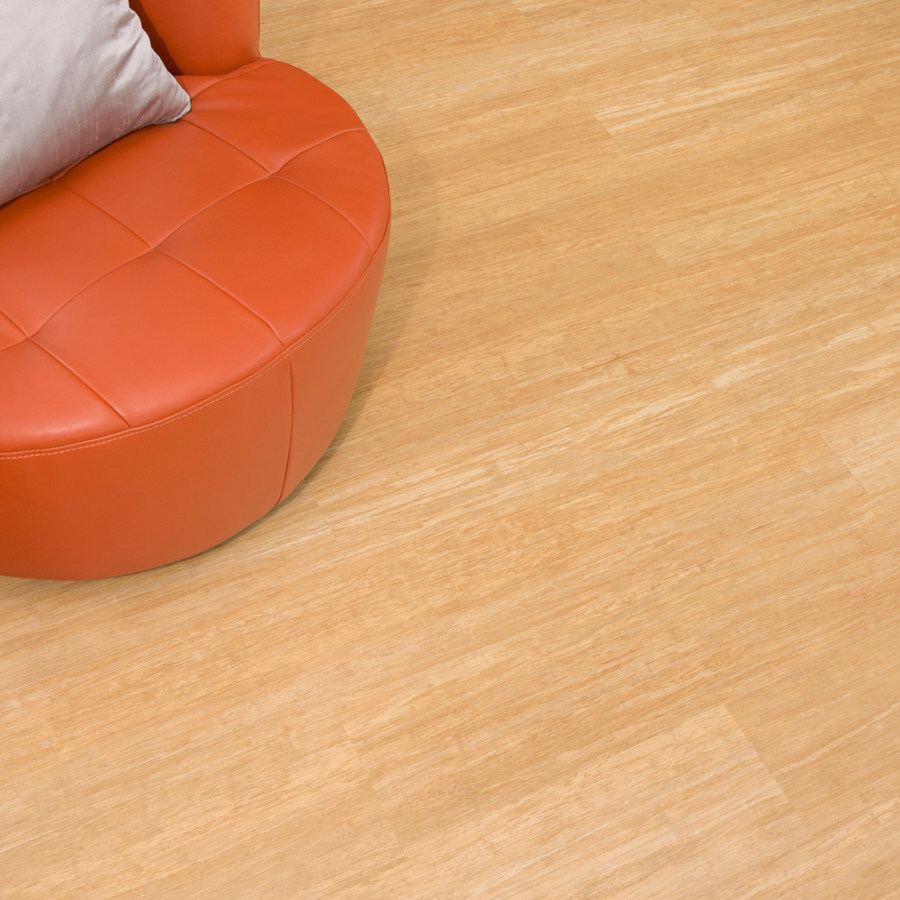How to Install your Vinyl Flooring
- Share
- Issue Time
- Feb 25,2016
Summary
To ensure a smooth installation, it is important to prepare the surface onto which you’ll be laying your floor. Vinyl can also be laid onto an existing floor.

Step 1: Prepare your subfloor
To ensure a smooth installation, it is important to prepare the surface onto which you’ll be laying your floor. Vinyl can also be laid onto an existing floor
Thing is to have a dry, even and clean subfloor. If the floor is uneven (tile joints, parquet bevels or any type of cracks), think about using a leveling compound. Remember, vinyl is a soft flooring and any bumps underneath will show.

Step 2: Prepare your flooring
It is important for the flooring to acclimatise for at least 24 hours before installation at a minimum room temperature of 15°C. Unroll the flooring and cut it to size allowing an extra 15-20cm to avoid being short of material at the end of the installation.

Step 3: Install your flooring
As a general rule, flooring is installed following the direction of the main light source. However if the room is narrow, like a corridor, the sheets should run along the length of the room, regardless of the light direction.
Apart from wood designs, all consecutive sheets should be installed in the opposite direction for a homogeneous rendering. You’ll find this indicated within the product description.
